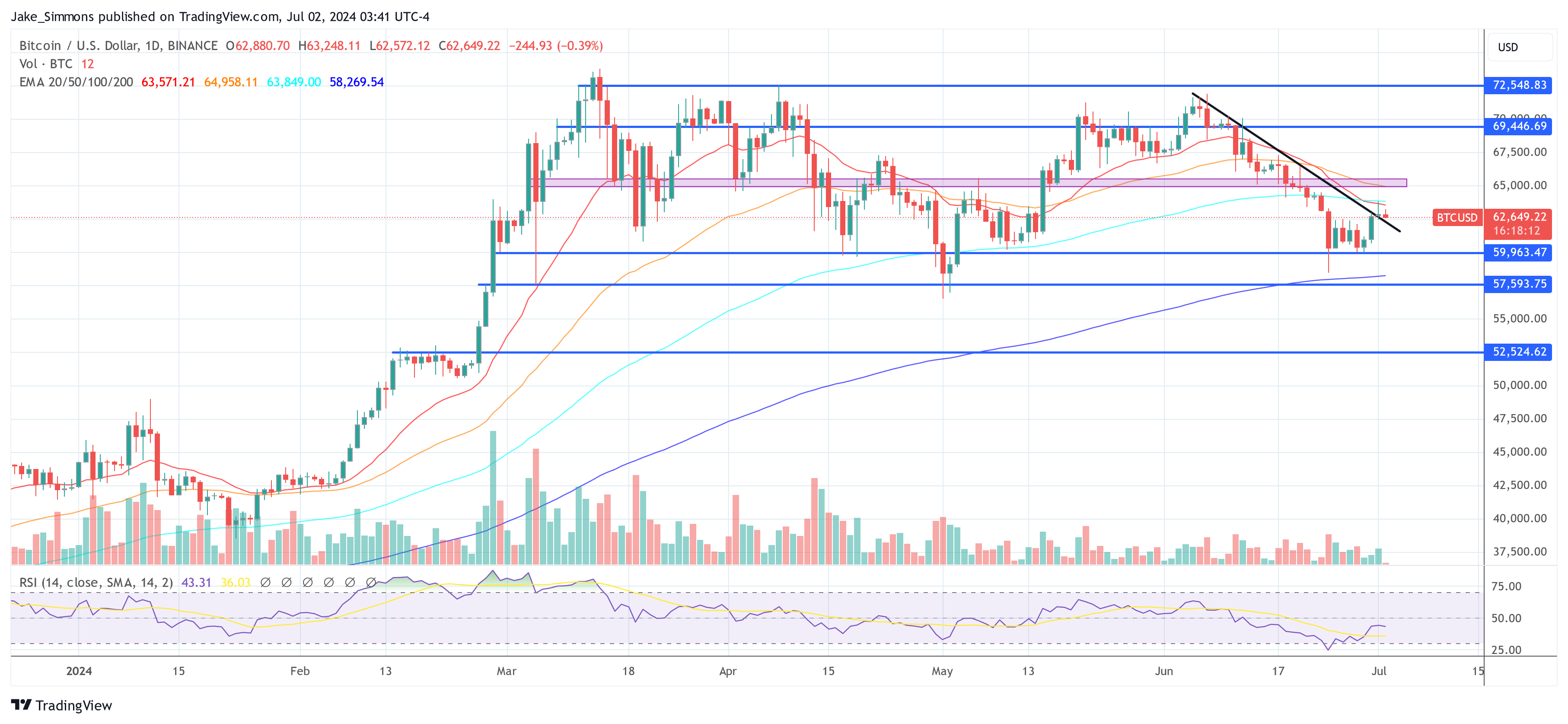[ad_1]
Arthur Hayes, the co-founder of crypto exchange BitMEX, has recently offered a comprehensive analysis in his latest essay, “Zoom Out,” drawing compelling parallels between the economic upheavals of the 1930s-1970s and today’s financial landscape, specifically focusing on the implications for the Bitcoin and crypto bull run. His in-depth examination suggests that historical economic patterns, when properly understood, can provide a blueprint for understanding the potential revival of the Bitcoin and crypto bull run.
Understanding Financial Cycles
Hayes begins his analysis by exploring the major economic cycles starting from the Great Depression, through the mid-20th century economic booms, and into the stagnant 1970s. He categorizes these transformations into what he terms “Local” and “Global” cycles, central to understanding the broader macroeconomic forces at play.
Local Cycles are characterized by intense national focus where economic protectionism and financial repression are prevalent. These cycles often arise from governmental responses to severe economic crises that prioritize national recovery over global cooperation, typically leading to inflationary outcomes due to the devaluation of fiat currencies and increased government spending.
Related Reading
Global Cycles, in contrast, are marked by periods of economic liberalization, where global trade and investment are encouraged, often leading to deflationary pressures due to increased competition and efficiency in global markets.
Hayes carefully examines each cycle’s impact on asset classes, noting that during Local cycles, non-fiat assets like gold have historically performed well due to their nature as hedges against inflation and currency devaluation.
Hayes draws a direct parallel between the creation of Bitcoin in 2009 and the economic environment of the 1930s. Just as the economic crises of the early 20th century led to transformative monetary policies, the financial crash of 2008 and subsequent quantitative easing set the stage for the introduction of Bitcoin.
Why The Bitcoin Bull Run Will Resume
Hayes argues that Bitcoin’s emergence during what he identifies as a renewed Local cycle, characterized by the global recession and significant central bank interventions, mirrors past periods where traditional financial systems were under stress, and alternative assets like gold rose to prominence.
Expanding on the analogy between gold in the 1930s and Bitcoin today, Hayes elucidates how gold served as a safe haven during times of economic uncertainty and rampant inflation. He posits that Bitcoin, with its decentralized and state-independent nature, is well-suited to serve a similar purpose in today’s volatile economic climate.
Related Reading
“Bitcoin operates outside the traditional state systems, and its value proposition becomes particularly evident in times of inflation and financial repression,” Hayes notes. This feature of Bitcoin, he argues, makes it an indispensable asset for those seeking to preserve wealth amidst currency devaluation and fiscal instability.
Hayes points out the significant surge in the US budget deficit, projected to reach $1.915 trillion in fiscal 2024, as a modern indicator that parallels the fiscal expansions of past Local cycles. This deficit, significantly higher than in previous years, marking the highest level outside the COVID-19 era, is attributed to increased government spending akin to historical periods of government-induced economic stimuli.
Hayes uses these fiscal indicators to suggest that just as past Local cycles led to increased valuation for non-state assets, the current fiscal and monetary policies are likely to enhance the appeal and value of Bitcoin.
“Why am I confident that Bitcoin will regain its mojo? Why am I confident that we are in the midst of a new mega-local, nation-state first, inflationary cycle?” Hayes asks rhetorically in his essay. He believes that the same dynamics that drove the value of assets like gold during past economic upheavals are now aligning to bolster the value of Bitcoin.
He concludes, “I believe fiscal and monetary conditions are loose and will continue to be loose, and therefore, hodl’ing crypto is the best way to preserve wealth. I am confident that today will rhyme with the 1930s to 1970s, and that means, given I can still freely move from fiat to crypto, I should do so because debasement through the expansion and centralisation of credit allocation through the banking system is coming.”
At press time, BTC traded at $62,649.

Featured image from YouTube / What Bitcoin Did, chart from TradingView.com
[ad_2]
Source link


